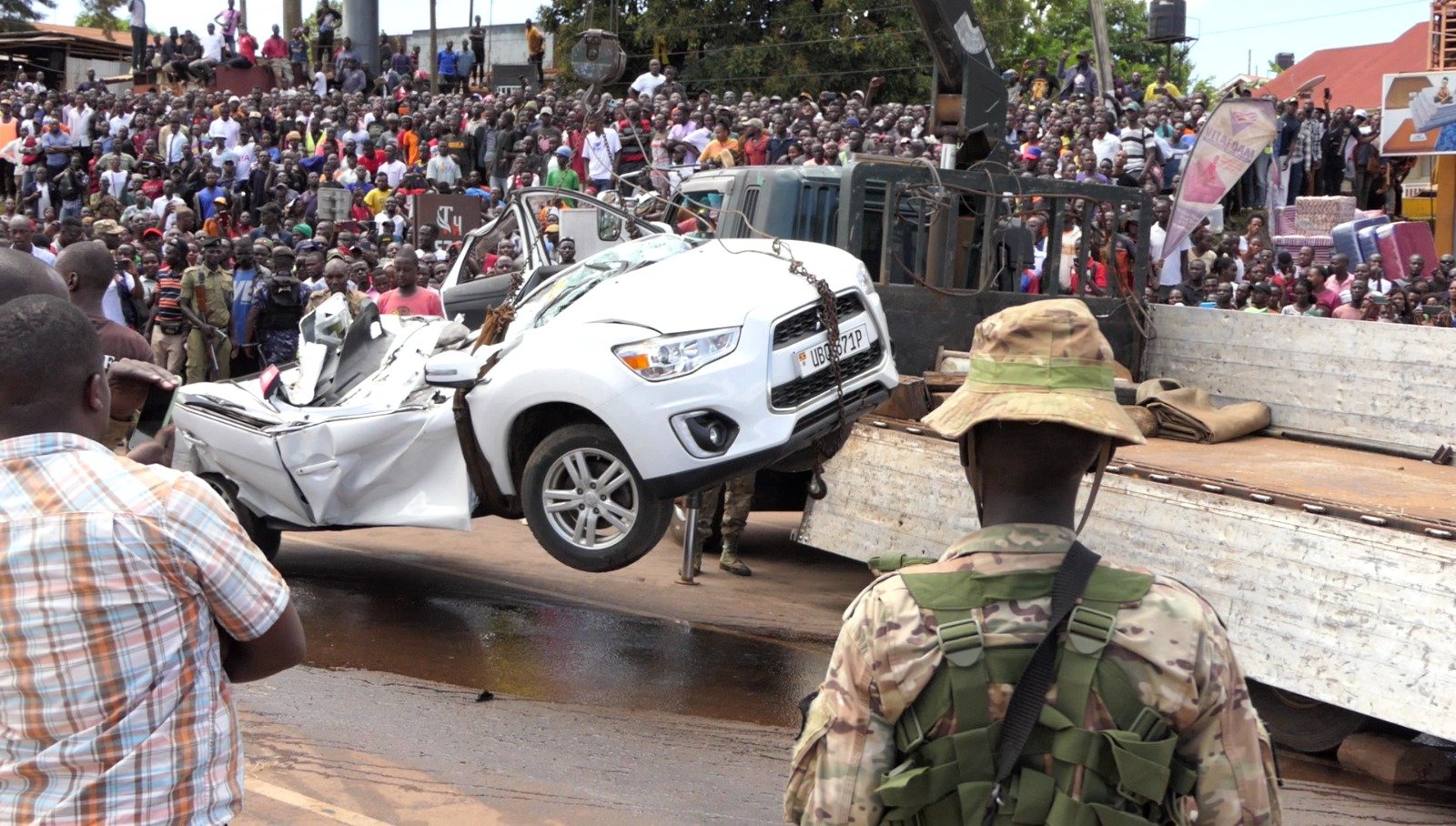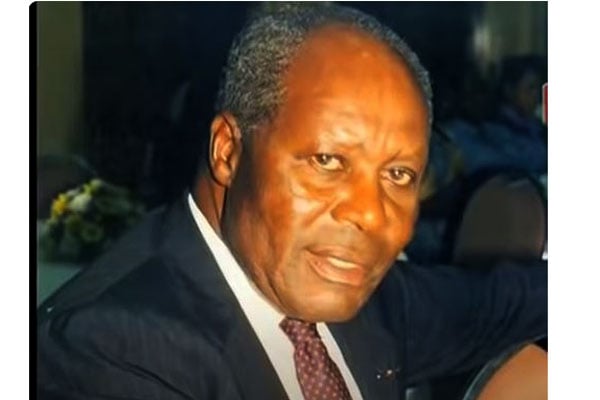Prime
State violence, politics of imprisonment in Uganda

Author: Moses Khisa. PHOTO/FILE
What you need to know:
- Turning to arrests and imprisonment is a handy tool for tackling dissent and silencing those seen as posing a threat to the political status quo.
On Tuesday, a very important book was launched. Carceral Afterlives: Prisons, Detention, and Imprisonment in Postcolonial Uganda by Katherine Bruce-Lockhart, a historian at the University of Waterloo in Canada, critically examines the history of incarceration in Uganda, from the colonial era to the first two decades of independent Uganda.
The book is meticulously researched, superbly written and compellingly argued. It is a seminal study of the uses and abuses of the prison system and the incarceration apparatus of the state in Uganda since the first two prisons were established in Buganda in 1894.
The prison is a central pillar of the coercive state yet it has not received ample scholarly attention in the vast literature on the problems of the postcolonial state in Africa.
At the launch, I offered some comments in a panel discussion that included Ato Quayson of Stanford University and Derek Peterson of the University of Michigan. I grew up in Bubulo, Manafwa District, with a major prison a stone’s throw away from home. It was routine for a big bang of the prison bell to sound at 5am every morning.
Every day I passed the prison on my trek to and from school. Growing up so close to this institution, we lived the terror and notoriety associated with the prison. It was a dreaded presence only called by its year of inception in 1930.
Regardless of one’s crime or offense, inmates at this prison had no rights. They were subject to extreme brutality by prison warders and fellow inmates granted the privilege of leadership by warders. From dawn to dust, they worked the fields, no shirt on, often with no meal until returning to the prison posho and beans of a very poor quality.
The Uganda Prison Service today, under the commendable leadership of Dr Johnson Byabashaija, is generally considered an efficiently run state institution that adheres to a set of rules and basic standards including respecting the rights of inmates.
I don’t know well enough the current status of the prison in Bubulo, but I suspect that the situation there is likely far better than what I observed as a young boy in the 1980s and 1990s.
Yet, at any rate, the prison in Uganda has long been associated with a tradition of brutality whose origins are in its introduction as a colonial tool. Colonialism was a violent imposition that relied heavily on brute force and the projection of violence in order to subjugate and control the colonial subject.
Frederick Lugard, the architect of the British system of indirect rule in Nigeria and Uganda, among other colonial territories, popularised the notion of the dual-mandate of the colonial project. That is, bringing civilisation to the backward and barbaric ‘tribes’ of Africa and pursuing economic interests for the colonialists.
To attain both goals, the prison was a key component of the coercive state that formed the basis of the colonial project. To civilise the natives, they had to be disciplined through severe punishment even for very minor infractions. In the same vain, to produce and extract raw materials needed for industrial production in Britain, the supply of forced labour was necessary. In both cases, the prison was a handy solution.
Dr Bruce-Lockhart shows how these practices were reproduced to chilling effect in the postcolonial period during which the carceral state, the apparatus and practice of imprisoning citizens, became far more pronounced.
The continuities from the colonial to the postcolonial are truly striking, including the fact that the prison in the colonial era and since independence was and remained hugely under-funded by the state yet maintaining its front-row seat as an instrument of state brutality.
Beyond its nefarious role in the service of the ruling classes, the prison has also been a critical site of struggle and contestations over the national project in independent Uganda.
This book does not cover the Museveni era, but there is no doubt that the very excesses that defined imprisonment during the colonial period and the decades preceding 1986 have remained a sore on Uganda’s conscience right to the present.
Prisons’ Commissioner General, Dr Byabashaija, might take credit for overseeing a better managed incarnation regime in Uganda, putting aside the wider debate over the rational for a prison industrial complex, but the runaway and rampant illegal arrests, detentions and physical torture of citizens all mean that the promise of 1986 is indeed hollow.
Today, the current rulers are as insecure in ruling Ugandans as the colonialists were, ditto Milton Obote, Idi Amin, Tito Okello, et al.
Regime insecurity and the crisis of legitimacy on the part of those wielding state power necessarily leads to coercive and brutal practices. Turning to arrests and imprisonment is a handy tool for tackling dissent and silencing those seen as posing a threat to the political status quo.




